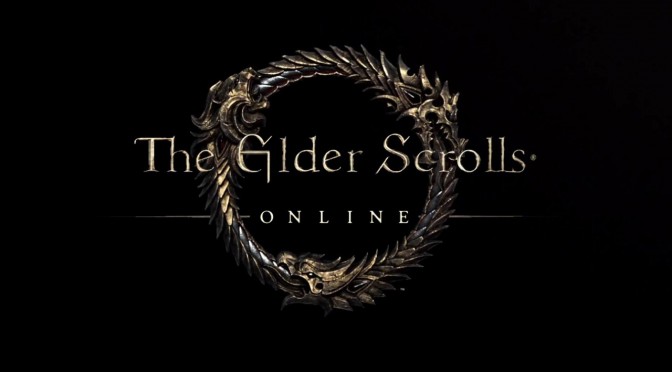Last week, we informed you about a new patch for The Elder Scrolls Online that will add support for DLSS and DLAA. And yesterday, YouTube’s MxBenchmarkPC shared a comparison video between these DLSS, DLAA and TAA.
DLAA stands for Deep Learning Anti-Aliasing. This technique aims to use AI techniques at full resolution in order to provide better anti-aliasing results.
In the following video, we can clearly see the benefits of DLAA at 1080p. However, it’s really difficult (to almost impossible) to notice any differences between TAA and DLAA at both 1440p and 4K.
Now the goods news here is that DLAA does not come with a major performance hit. From what we can see, it’s around 10-15fps slower than 4K at both 1440p and 4K. Again, this is great news for those gaming at low resolutions, like 1080p. However, the best option for those playing at 4K on current-gen games is – currently – DLSS and not DLAA. For older games, though, that can easily hit 60fps in 4K, DLAA will be a great alternative to TAA.
Enjoy!

John is the founder and Editor in Chief at DSOGaming. He is a PC gaming fan and highly supports the modding and indie communities. Before creating DSOGaming, John worked on numerous gaming websites. While he is a die-hard PC gamer, his gaming roots can be found on consoles. John loved – and still does – the 16-bit consoles, and considers SNES to be one of the best consoles. Still, the PC platform won him over consoles. That was mainly due to 3DFX and its iconic dedicated 3D accelerator graphics card, Voodoo 2. John has also written a higher degree thesis on the “The Evolution of PC graphics cards.”
Contact: Email

